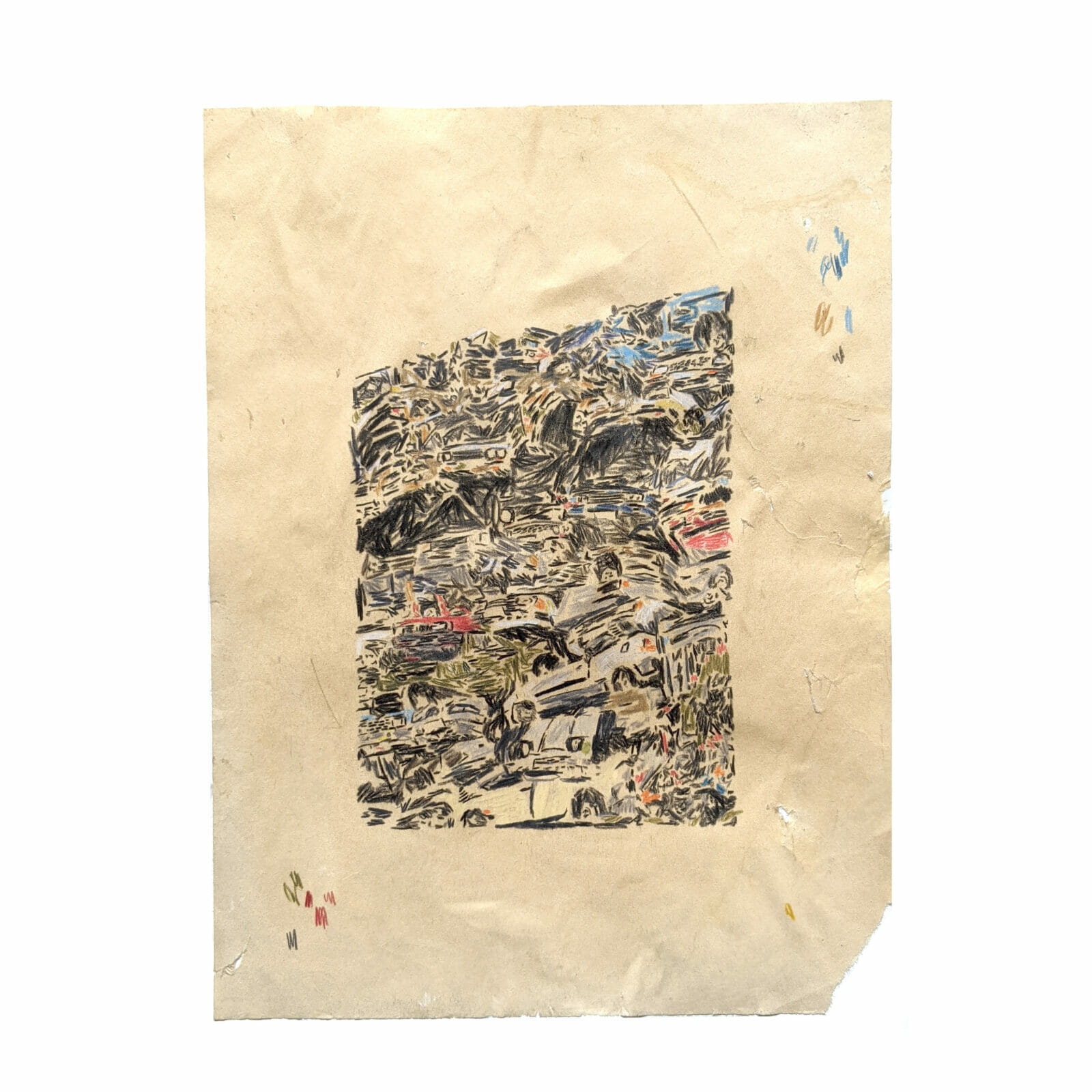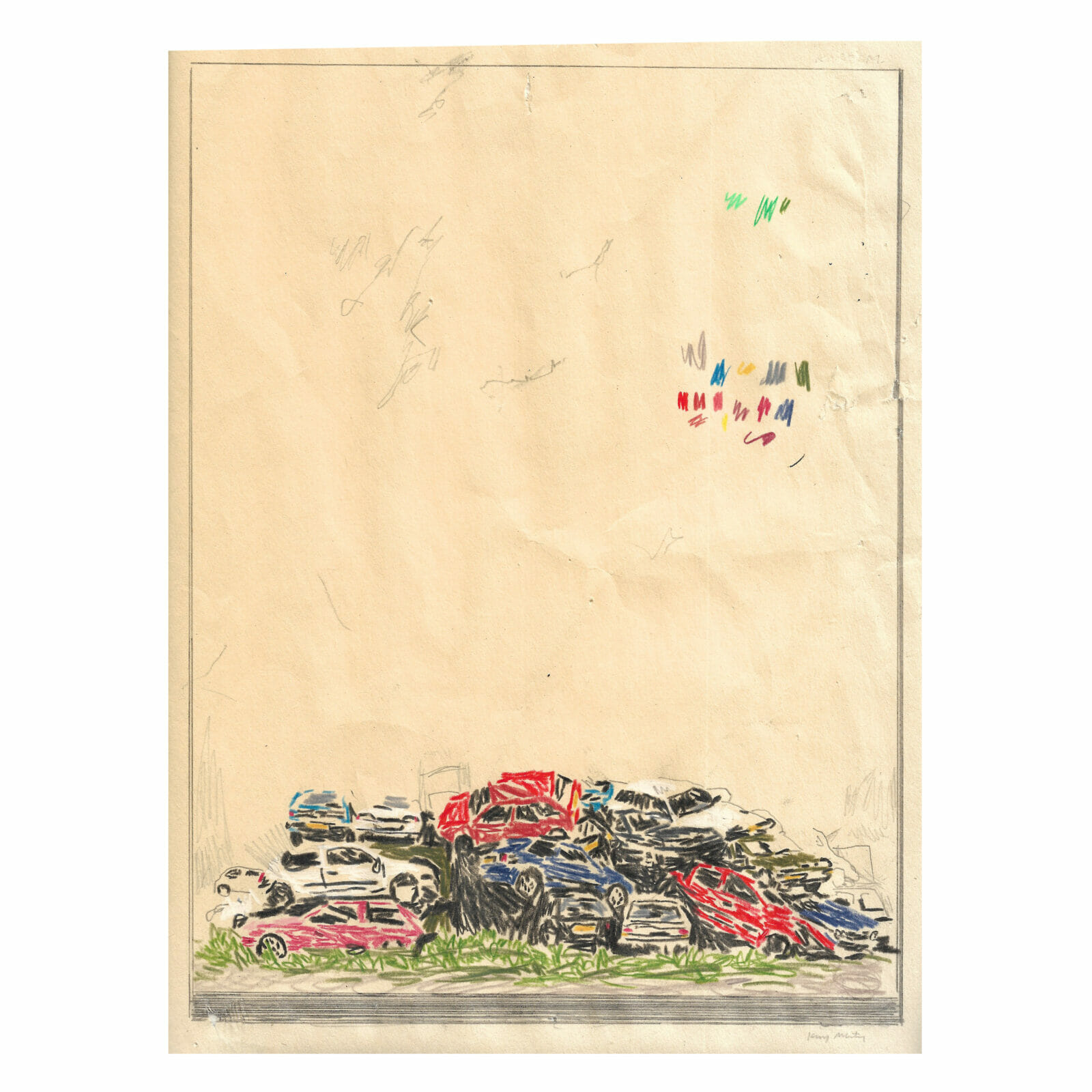ライフスタイル
【#2】イン・アザー・ワーズ,シカゴ.
2021年11月21日
text & illustration: Korey Martin
translation: Catherine Lealand
人生か、人生のようなもの
窓の外にはいつも通りのシカゴのコテージが並んでいて、昨日雪が降ったとは思えない。歯磨きをしながら、ふと別の方角を見ると、ドアの隙間から僕の絵がこっちを見ている。僕がまだ描き続けるのか、それともスリフトショップで買った絵画やジャック・タチのポスターに混じって、装飾品としてこのアパートに馴染んだほうがいいのか。それを問いただすような表情を浮かべてぶら下がっている。
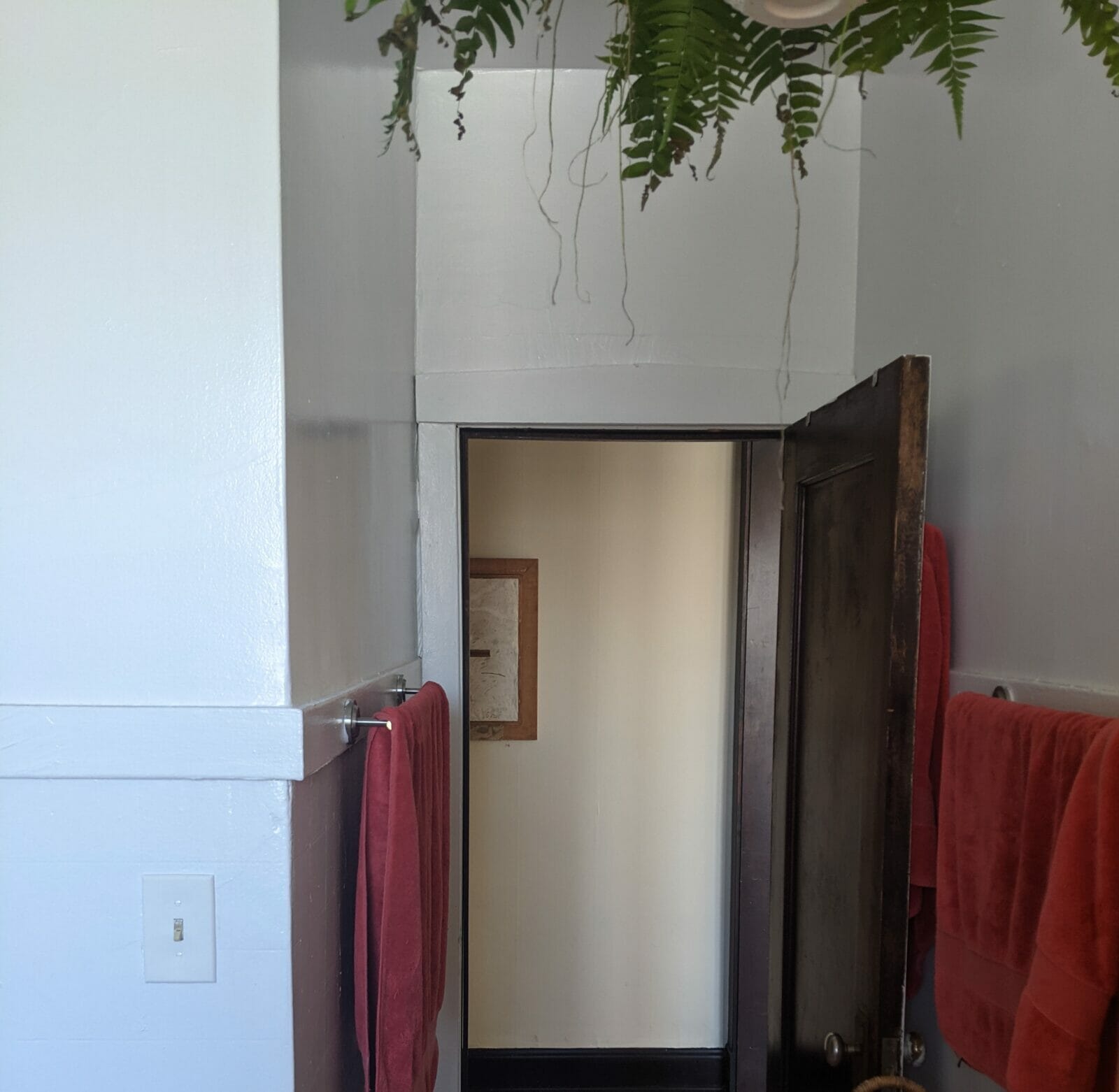
日の当たらない廊下の薄暗がりの中、僕は歯磨き粉を吐き出し、もう一度その絵に目をやる。抽象的な走り描きの中にヘッドライドを見出すと、だんだん浮かび上がってきたのは、重なり合う車だ。パン屋であり、ライターもしているパートナーのジェイミーは、この絵を「ジャンクヤード印象派」と呼ぶ。彼女は半分冗談で言っているのだが、言い得て妙だ。僕の作品は雑然としていることがあるけど、アート(あるいはあらゆるもの)はジャンクヤードのようなもので、雑然としたものを整理する一つの方法だから。あなたが次に床を掃除したら、ゴッホのようなものが見つかるかもしれない。それは、時間の集積であり、あなたがその時間をどう過ごしたかの記憶だ。つまり、池の絵を描いたり、壊れたミニバンに落書きをしたりするのは、雑然とした状態を維持するための手段なのだ。
「未完成の雑然」、これは印象派の名前の由来となった批判ではなかったか? いずれにせよ、雑然とは人生を定義するものではなく、人生を説明するひとつの方法にすぎない。それは、不確実性や可能性、つまりミステリーの余地を残すもの。美術学校を卒業してから(休学中を含めると12年)、僕は「カジュアルミステリー」に興味を持ってきた。それは、「奇妙な親しみやすさ」を感じるもので、何かを明らかにせずに説明するようなものだと考えている。例えば、私の家のリビングにあるものを「くたびれていて、モコモコしている」と表現したら何を想像するだろうか?
奇妙でありながら親しみのあるものを求めて訪れたCity Lit(MyopicやQuimby’sのような多くのシカゴの素晴らしい書店のひとつ)で、見つけたのはシャーリイ・ジャクスンの短編小説集だ。この短編集で、彼女はごく普通の日常をとてつもなく神秘的に、かつ非凡に描いている。どの物語も、現実には絶対的なものなど何もなく、想像以上に多くのものがあるということを強調している。彼女の世界では、そして僕たちの世界でも、ミステリー(時に不吉で、時に退屈な)は、人生にとって驚くほど当たり前の出来事なのだ。
では、このジャンクヤード印象派の場合はどうか? 抽象的な走り描きはヘッドライト……なのか? ジャクスンと同じく、僕は既知なるものとミステリーが交差する線に興味がある。それは光と影でごく普通なものを表現する、印象派の絵画における地平線のようなものだ。カバーのかかったスクーター、落とされた買い物メモ、古本に挟まれた絵など、それらは認識できるのだけど、”どこから来たの?”と尋ねずにはいられない。たしかに、どこからかやった来たのだろう。そのオープンな場所に放置された、近寄りがたい親密さが、僕には興味深いのだ。

そういう「どこかから出現した」という感覚を、なんとか自分の作品で再現したいと思っている。少なくとも、石鹸や猫砂と一緒に自分の絵を見ると、そこにどんなアイデアが込められていたとしても、最終的には一緒に暮らすためのものだと気づかされる。くたびれたモコモコの椅子と同じように。
英語版
↓
Life or Something Like It
Looking out my window at the row of Chicago cottages, you’d never guess it snowed yesterday. Brushing my teeth, I glance in the other direction to find one of my drawings peeking at me from around the doorframe. It hangs there wondering if I will continue working on it or if it can finally settle into our apartment as another decoration amongst thrifted paintings and Jacques Tati posters.

Suspended in the twilight of our sun-deprived hallway, I spit out my toothpaste and glance once more at the drawing. Distinguishing headlight from scribble it comes into view – a pile of cars. Jayme, my baker-writer partner, calls it “Junkyard Impressionism”. She’s half-joking but it works somehow. My work can be messy, but art (or just about anything) is like a junkyard – one way to arrange a mess. The next time you sweep your floor, you might find something not unlike a Van Gogh – an arrangement of time and impressions of the ways you’ve passed it. So, painting a pond or scribbling a wrecked minivan is just a way to keep a mess around.
Isn’t “unfinished mess” the criticism which got Impressionism the name? Regardless, rather than attempting to define life, its messes are just one way to describe it. It leaves room for uncertainty, possibility – mystery. Since finishing my BFA (which took 12 years if I count the gap), I became curious about “casual mysteries”. I think of them as things that feel “strangely familiar”, like describing something without revealing what it is. What do you imagine if I describe something in my living room as “tired and fuzzy”?
My search for the strange-yet-familiar led me to City Lit (one of many great Chicago bookstores like Myopic or Quimby’s) where I found a collection of Shirley Jackson’s short stories. In this collection, she depicts the everyday as vastly mysterious, but no less mundane. Each story emphasizes a reality where nothing is absolute, and much more than you could ever imagine. In her world, and ours, mysteries (sometimes sinister, sometimes boring) are a spectacularly unremarkable fact of life.
Then what about this Junkyard Impressionism? The scribble is a headlight…or is it? Like Jackson, I’m curious about the line where knowns meet mysteries – the horizon in an Impressionist painting articulating common things with light and shadow. Covered scooters, lost grocery lists, drawings you find in old books – they’re recognizable but you can’t help but ask “Where did this come from?” Well, somewhere obviously, and it’s that inaccessible intimacy hidden in the open that I find interesting.

I hope to somehow emulate that sense of having emerged from somewhere (living) in my work. In the least, seeing my drawings alongside our soaps and kitty litter reminds me that ultimately, no matter the ideas pressed inside, they’re meant for living with, just like that tired fuzzy chair.
プロフィール
Korey Martin
ピックアップ
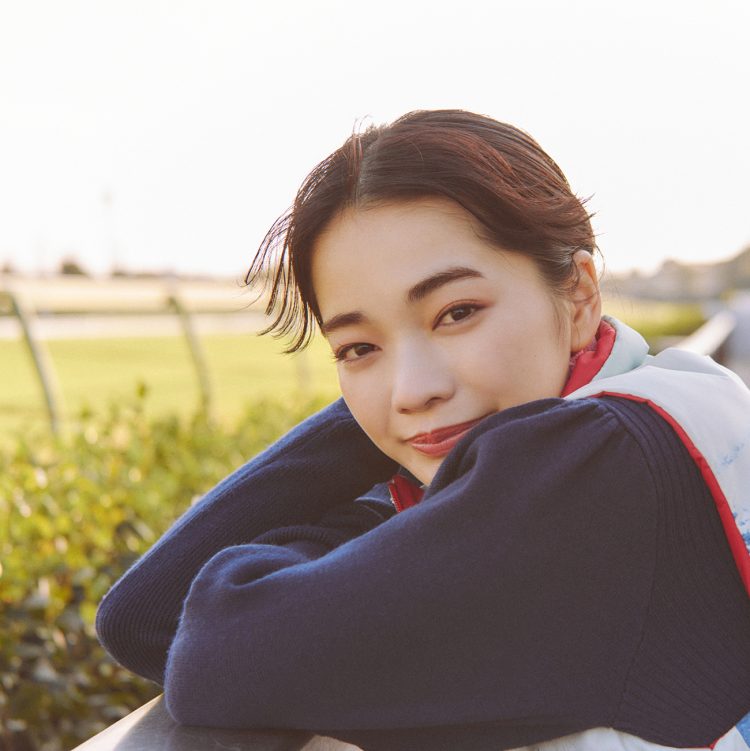
PROMOTION
見上愛さんと探す、中山競馬場の遊び方。
JRA
2025年12月18日
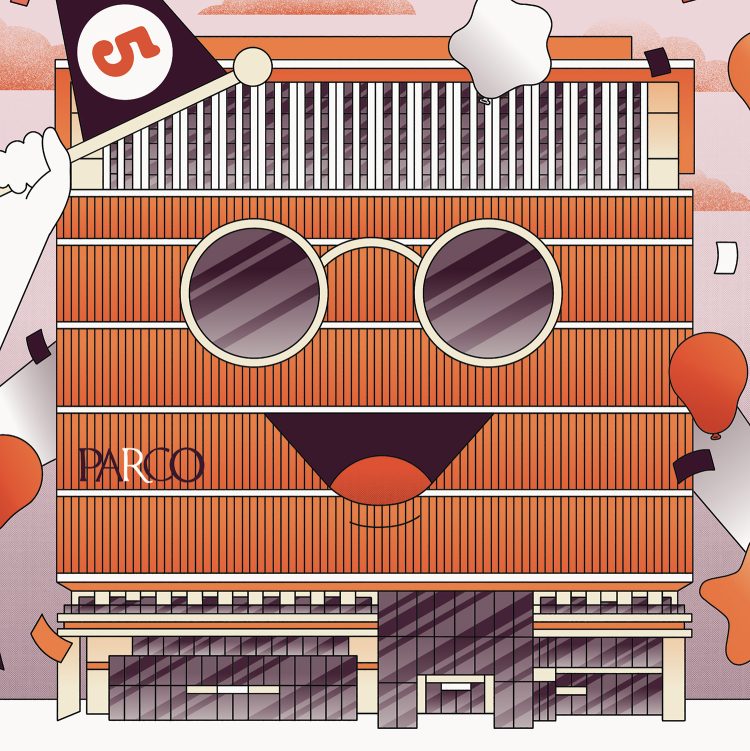
PROMOTION
11月、心斎橋パルコが5周年を迎えるってよ。
PARCO
2025年11月10日
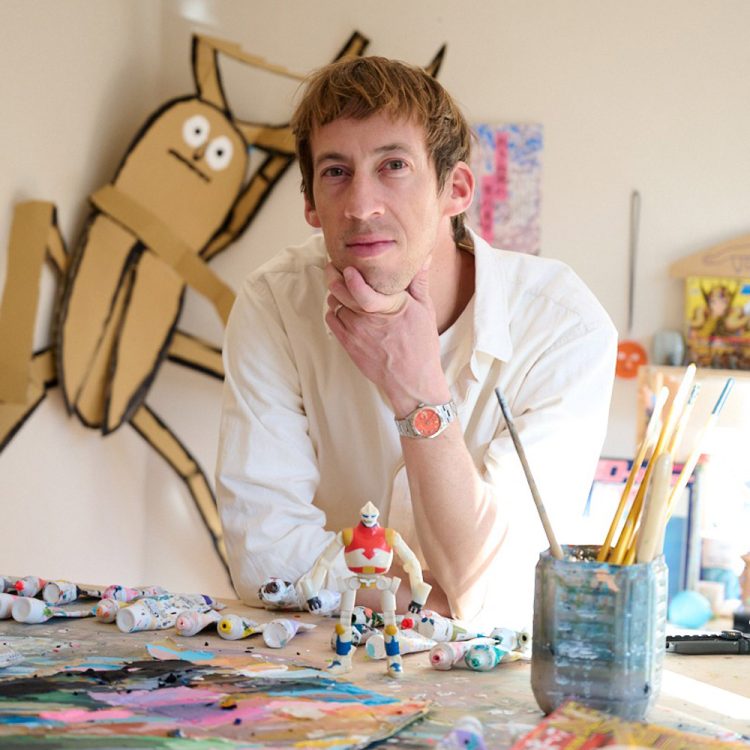
PROMOTION
「PARCO HAPPY HOLIDAYSキャンペーン」を手掛けたジャン・ジュリアンに会ってきた!
PARCO
2025年12月18日

PROMOTION
〈ガンゾ〉今年のクリスマスには財布を贈ろう。
GANZO
2025年12月9日

PROMOTION
〈ダムド〉のコンプリートカーで真冬の海を二人占め。
DAMD
2025年12月9日
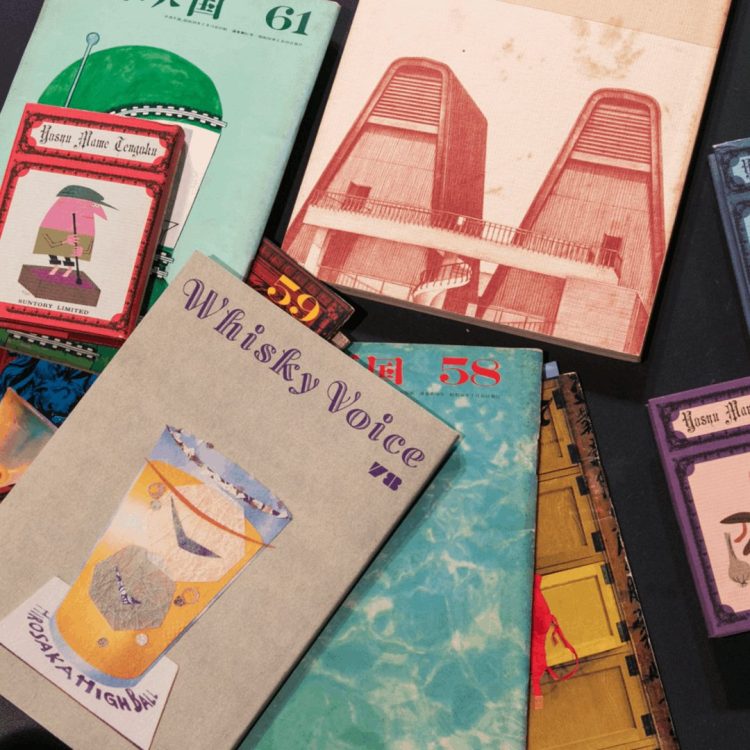
PROMOTION
「伝説の広報誌『洋酒天国』を語る夜」レポート。
NORMEL TIMES
2025年12月8日

PROMOTION
紳士の身だしなみに、〈パナソニック〉のボディトリマーを。
Panasonic
2025年12月3日

PROMOTION
〈glo™〉の旗艦店が銀座にオープン! 大人への一歩はここからはじめよう。
2025年12月4日

PROMOTION
〈チューダー〉の時計と、片岡千之助の静かな対話。
Finding a New Pace feat. Sennosuke Kataoka
2025年11月28日
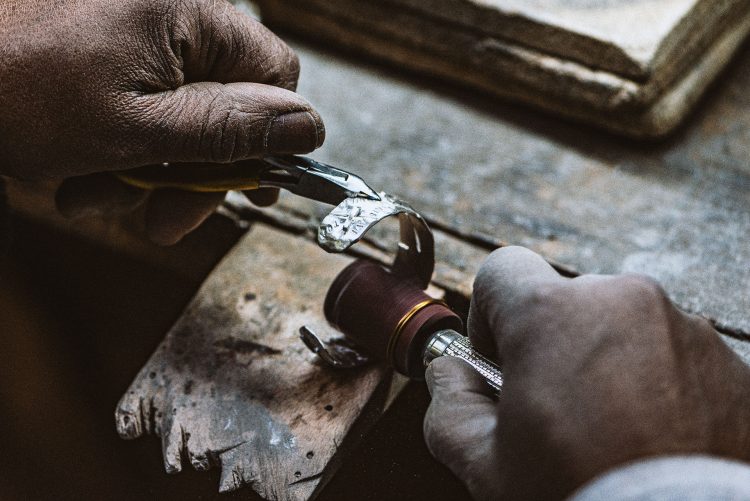
PROMOTION
ジュエリーが刻む『新世紀エヴァンゲリオン』の言葉。
〈SERGE THORAVAL〉
2025年12月25日
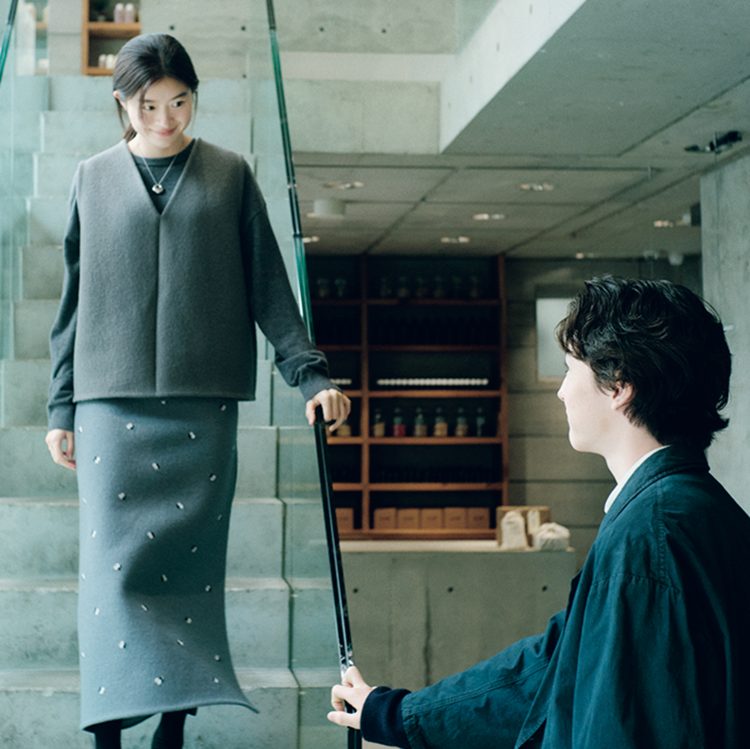
ファッション
今日は〈ル ラボ〉で待ち合わせ。
LE LABO
2025年12月9日
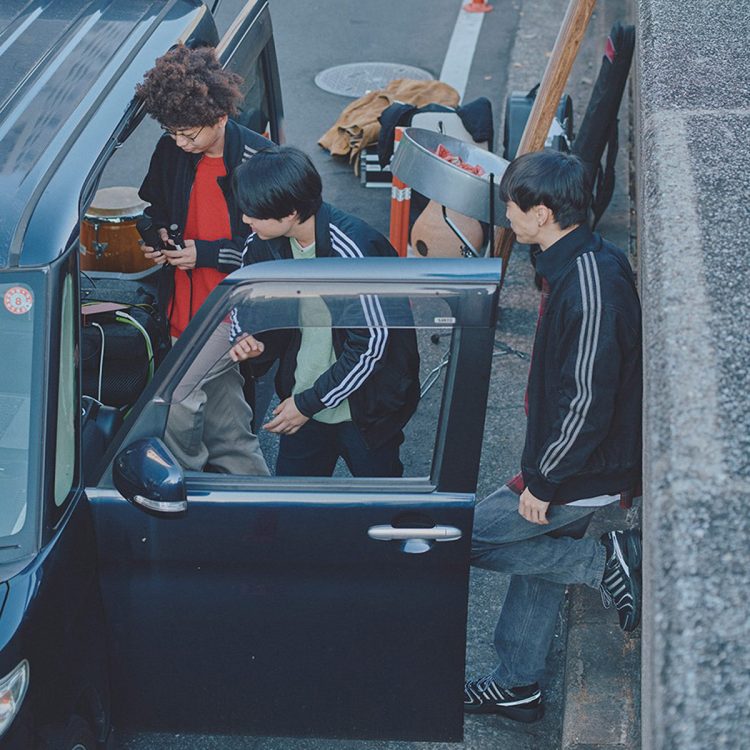
PROMOTION
〈adidas Originals〉とミュージシャンの肖像。#5
CHO CO PA CO CHO CO QUIN QUIN
2025年12月24日
